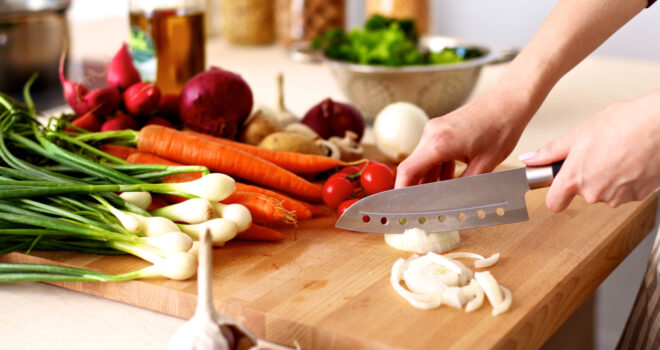Eating a balanced diet while preserving our environment is the challenge we all face today. A new study added the impact of food waste to this equation and suggested some interesting ideas: the situation would be vastly improved by better consumer information!
The food that is wasted every year around the world could feed up to 2 billion people. The production of this food relies on many resources such as farmland, water and chemicals (fertilisers, pesticides…), which ultimately are not put to good use because the food produced is wasted. Food waste is thus an excellent indicator of the impact of food on the environment. And yet it is not often taken into consideration in studies that analyse the link between the nutritional quality of food and its ecological footprint…
Taking food waste into account
This new American study thus examined in depth the link between food waste on the consumer level, the nutritional quality of food and the many indicators of sustainability, including the use of farmland, water for irrigation and pesticides and fertilisers. American consumers are very concerned by this issue, since they waste 422 g of food per capita per day and the production of this food requires 12 million hectares of land each year.
Improve consumer knowledge
The results show that a diet of a higher nutritional quality is associated on the one hand with more food waste and a greater use of water and pesticides. By contrast, the amount of farmland required for the production of this food is reduced. Scientists attribute this to the more important role that fruit and vegetables play in a balanced diet. Producing fruit and veg requires less land, but a large amount of farm inputs. These results suggest that we need to make a simultaneous effort to improve nutritional quality and reduce food waste. Consumer information plays a crucial role in this. Food waste could be reduced if consumers had a better understanding of how to prepare food, recycle leftover food and waste (cooking fruit and vegetable peelings, etc.) and to conserve fruit and vegetables, or even a better understanding of the information on packaging (e.g., display until vs best before/use by).



 Broccoli
Broccoli  Carott
Carott  Vegetable garden: growing red beans
Vegetable garden: growing red beans 









